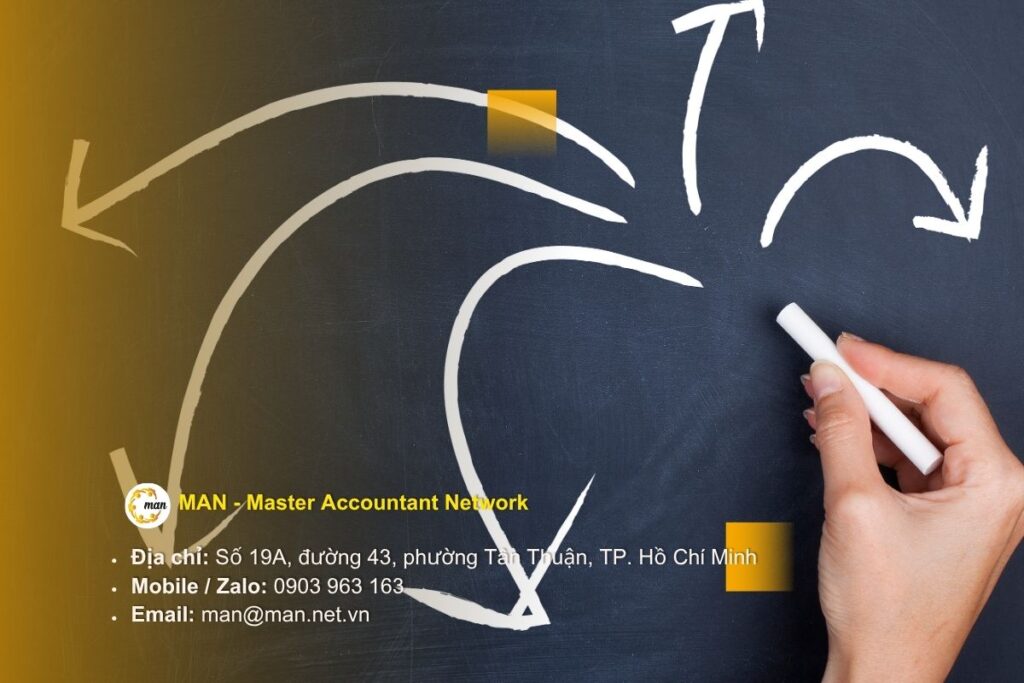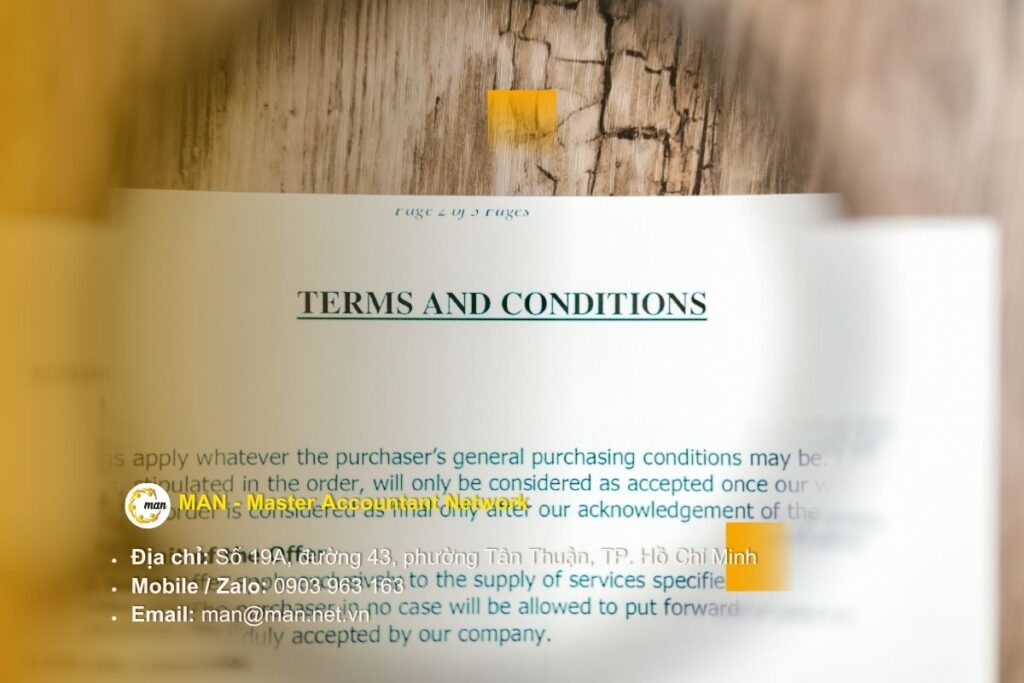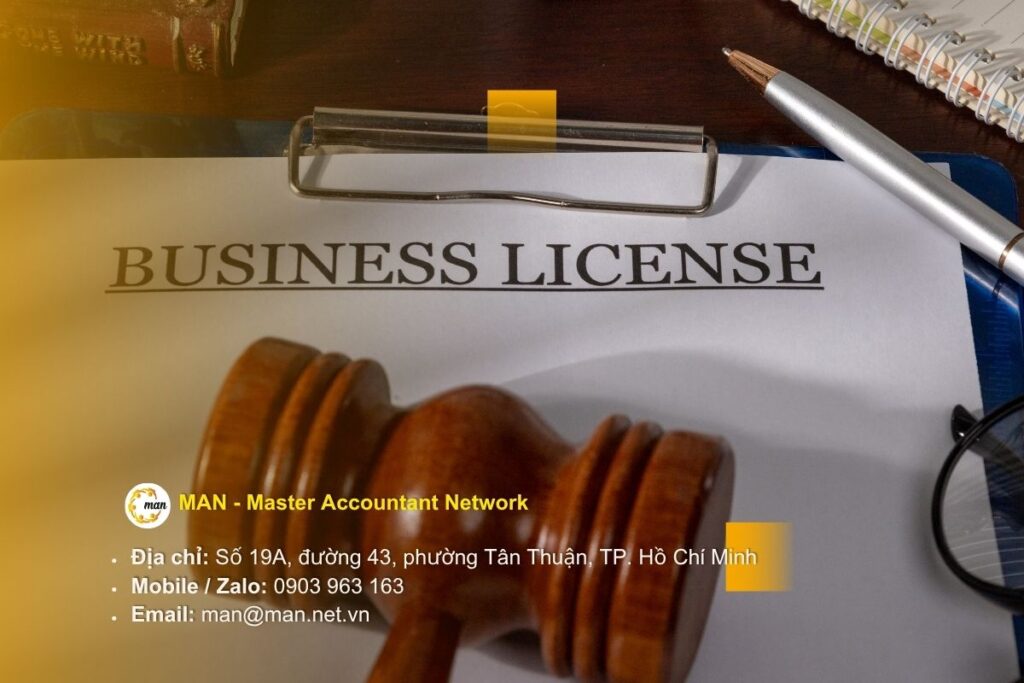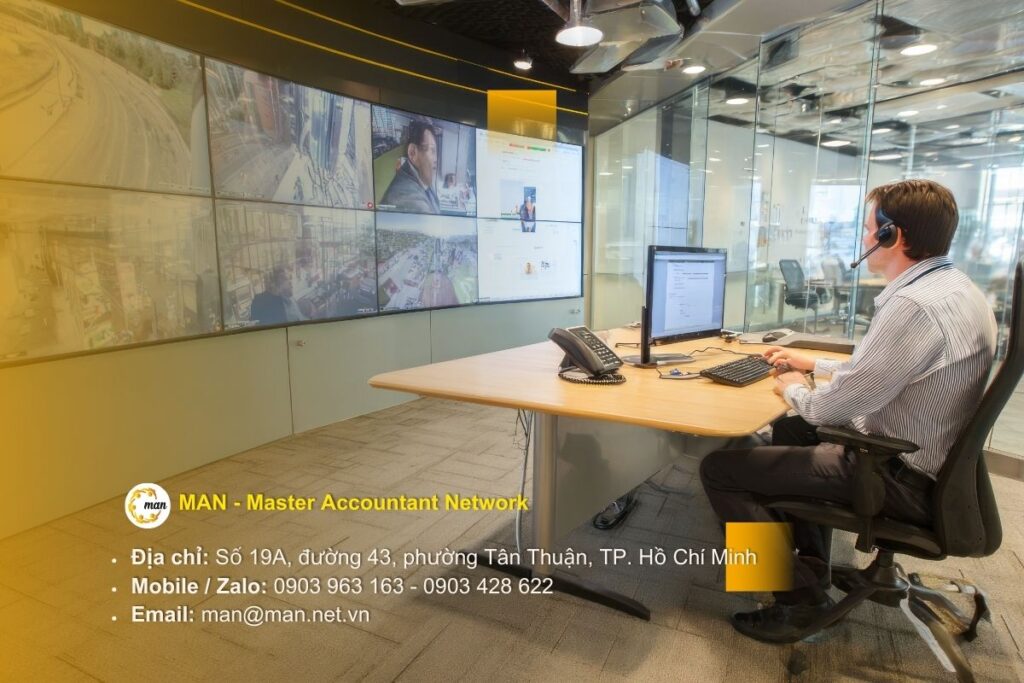Internal control of related-party transactions is the key for businesses to effectively manage tax risks. From identifying related-party transactions, analyzing independent market prices, to documenting and periodically monitoring, a standardized internal control process helps businesses comply with Decree 132/2020/ND-CP while applying OECD standards, ensuring transparency, optimizing costs and enhancing business reputation.
What is internal control of related party transactions?
Internal control affiliate transactions is a system of processes, policies and procedures established within an enterprise to ensure that all transactions between related parties (such as parent companies, subsidiaries, or companies in the same group) are conducted transparently, in compliance with the law and in accordance with the principles of independent market prices.
Internal control of related-party transactions not only focuses on recording and reporting transactions but also includes tax risk analysis, transaction valuation, periodic monitoring and documentation. The goal is to limit the risk of tax assessment by tax authorities, avoid collection of corporate income tax (CIT) and related penalties, and protect the reputation and financial value of the enterprise.
The importance of internal control of related party transactions for businesses
Implementing internal control of related-party transactions plays an important role in protecting reputation, managing risks and optimizing tax costs for businesses. When related-party transactions are not strictly controlled, businesses are at risk of being charged corporate income tax (CIT) by tax authorities for many years, along with fines and late payment interest, seriously affecting their finances and reputation in the market.
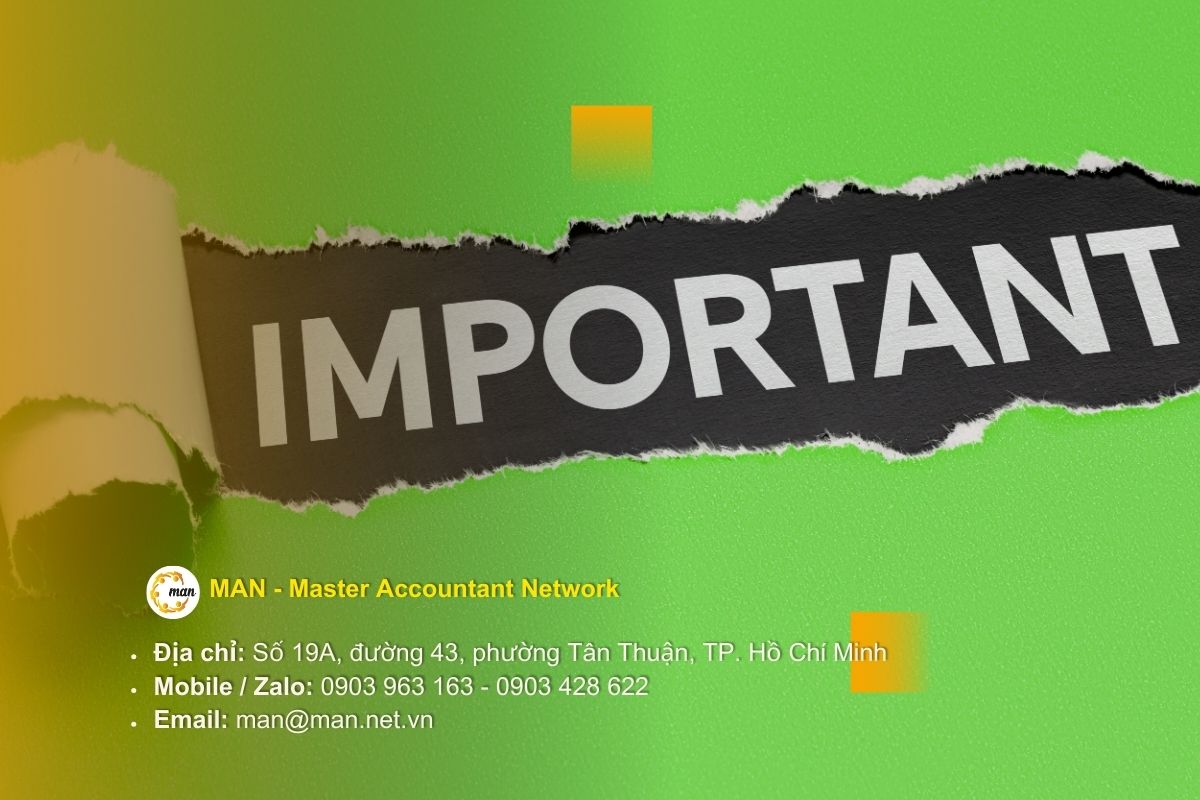
An effective internal control system for related-party transactions helps businesses:
- Protecting business reputation: Ensuring all transactions between related parties are transparent and comply with the law, creating trust with management agencies, investors and partners.
- Tax and legal risk management: Identify and mitigate risks related to transfer pricing, avoid price adjustments or tax arrears.
- Save costs and optimize financial efficiency: Minimize the possibility of incurring additional charges, administrative fines and late payment interest, while optimizing pricing structure and profits.
Internal control of related-party transactions is also a strategy to help businesses predict risks, improve management processes and enhance sustainable competitiveness. Therefore, establishing and maintaining a standard internal control system for related-party transactions is not only a legal requirement but also a long-term solution to protect finances, reputation and develop businesses sustainably.
The role of internal control of related-party transactions in enterprises
Internal control of related-party transactions plays a strategic role in helping businesses prevent tax risks, ensure transparency and compliance with the law. In the context of tax authorities increasingly tightening the management of related-party transactions between parent companies, subsidiaries or companies in the same group, the lack of a systematic internal control system can lead to the risk of price adjustment, collection of corporate income tax for many years with fines and late payment interest, causing financial losses and affecting the reputation of the business.
Specifically, the role of internal control of related-party transactions includes:
- Tax risk prevention: Internal control system for related-party transactions helps enterprises identify transactions at risk of price adjustment, thereby implementing preventive measures such as transfer price assessment, comparison with independent market prices, and application of OECD standard valuation methods.
- Ensuring transaction transparency: Documenting, recording and reporting all transactions helps businesses demonstrate the validity of transactions and meet the audit and inspection requirements of tax authorities.
- Compliance with laws and international standards: The internal control system for related-party transactions helps businesses comply with the provisions of Decree 132/2020/ND-CP, guiding Circulars and OECD standards on transfer pricing, limiting legal risks.
Thus, internal control of related-party transactions is not only a tool for tax risk management, but also a mechanism to protect reputation, increase transparency and improve business management efficiency. Enterprises can proactively evaluate, monitor and continuously improve, ensuring that all related-party transactions are carried out safely, transparently and legally.
Understanding the strategic role of internal control of related-party transactions is a fundamental step for businesses to manage tax risks and make transactions transparent. However, many businesses still confuse internal audit and internal control, leading to ineffective implementation. To apply the process correctly and maximize the benefits, it is necessary to first clarify the fundamental difference between these two concepts.
Difference between internal audit and internal audit
To effectively implement an internal control system for related-party transactions, businesses need to clearly understand the difference between internal control for related-party transactions and internal audit. Confusing these two concepts can lead to incorrect application of methods, reducing the effectiveness of risk management and transaction transparency. The table below summarizes the main differences, helping businesses identify the functions, scope and benefits of each management tool.
Board: Comparison between internal control of related party transactions and internal audit.
| Criteria | Internal control of related party transactions | Internal audit |
| Define | A system of processes, policies and procedures to ensure that all related party transactions are conducted transparently, in compliance with the law and in accordance with the principles of independent market prices. | Independent, objective assessment of the effectiveness, legality and compliance of an enterprise's processes, financial reporting and internal controls. |
| Main objective | Prevent tax risks, ensure transaction transparency, comply with Decree 132/2020/ND-CP and OECD standards. | Evaluate and improve operational performance, validate financial data, detect errors or fraud. |
| Scope of application | Focus on related party transactions between parent companies, subsidiaries and related parties. | Covers all business operations, from finance, operations to compliance. |
| Nature | Proactive, continuous, integrated into daily business operations. | Usually periodic inspection and evaluation, independent of the operating process. |
| Method | Identify transactions, collect data, assess risks, create transparent records, and monitor periodically. | Review documents, reports, compare data, assess risk and compliance, and make recommendations for improvement. |
| Result | Standardized control process, transparent transaction records, reducing the risk of tax imposition. | Internal audit reports, process improvement recommendations, error or fraud detection. |
| Impact on business | Helps comply with laws, prevent tax risks, enhance reputation and optimize costs. | Improve governance efficiency, financial transparency, problem detection and control. |
A clear distinction between internal control of related-party transactions and internal audit helps businesses apply the right management tools, optimize risk prevention efficiency and ensure financial transparency. While internal control of related-party transactions focuses on risk prevention and compliance with daily related-party transactions, internal audit plays a role in independent assessment and process improvement.
After clearly identifying the difference between internal control of related-party transactions and internal audit, the next step is to implement a systematic and standardized internal control process of related-party transactions. This process helps businesses proactively monitor related-party transactions, ensure legal compliance, data transparency and effectively prevent tax risks. Below are detailed steps that businesses can apply.
Internal control process of related party transactions
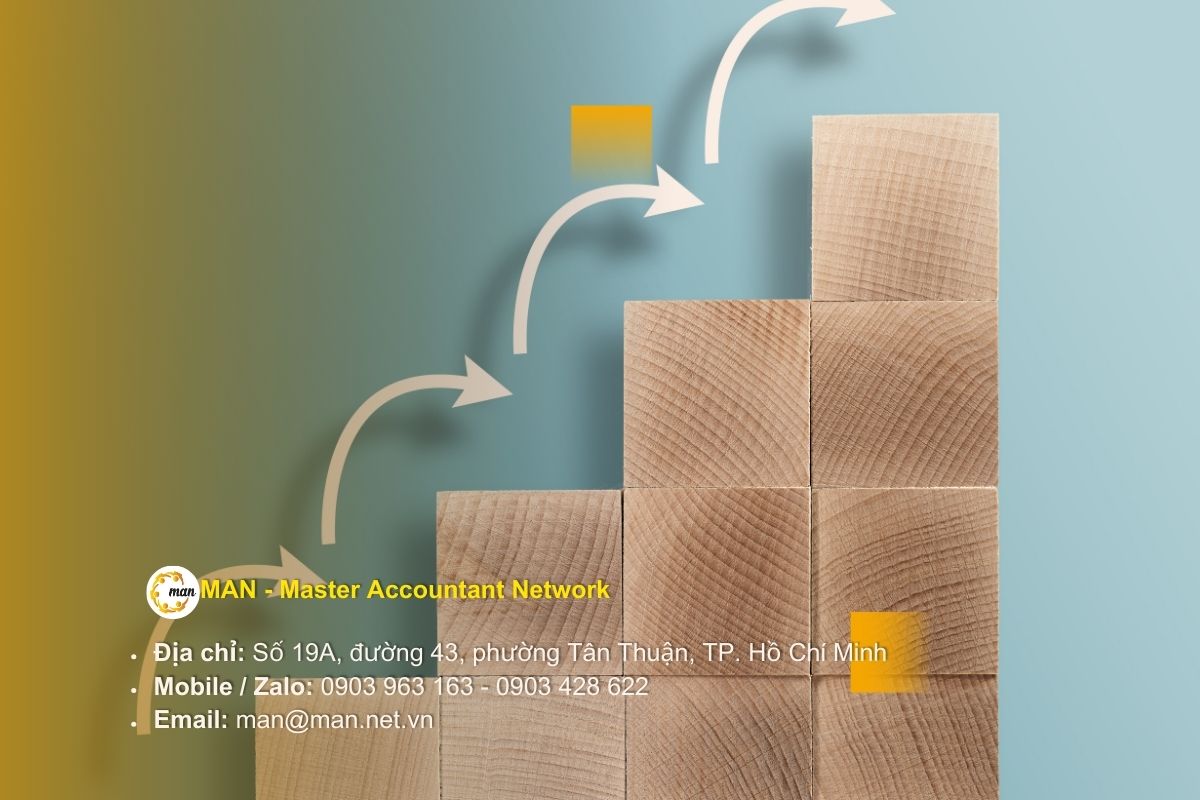
To effectively implement an internal control system for related-party transactions, businesses need to apply a detailed, standardized process from identifying transactions, collecting data, to monitoring and periodically improving. The table below presents 6 basic steps in the internal control process for related-party transactions, helping businesses easily implement and manage risks in a transparent and effective manner..
Board: Internal control process of related party transactions.
| Step | Main activities | Target | Result |
| Identify transactions and related parties | Identify related parties (parent, subsidiary, group company) and type of transaction (goods, services, intangible assets, finance). | Determine the scope and objects to be controlled. | Full list of related transactions, classified by risk level. |
| Data collection and standardization | Collect contracts, financial reports, related documents; standardize data for analysis. | Ensure data is accurate, transparent and available for risk assessment. | Complete and standardized linked transaction data set. |
| Risk analysis and assessment | Compare transaction value with the principle of independent market price; apply transfer pricing methods (CUP, TNMM, CPM...). | Identify potential tax and legal risks. | Risk assessment reports identify transactions requiring special monitoring. |
| Establish control and approval mechanisms | Assign responsibilities, establish contract approval processes, and monitor periodically. | Ensure all transactions are approved properly and with clear accountability. | Internal approval and monitoring processes are implemented. |
| Profiling and information transparency | Prepare local file, master file and country-by-country reporting (CbCR) if applicable. | Meet legal requirements and demonstrate the reasonableness of the transaction. | Full transaction records, ready for inspection and audit. |
| Periodic testing, evaluation and improvement | Annual internal review, coordination of internal or independent audits; updating methods and data. | Improve control efficiency and promptly adjust arising risks. | Periodic assessment reports, process improvement plans, tax risk mitigation. |
In general, the full implementation of the internal control process for related-party transactions helps businesses ensure transparency, comply with the law and effectively prevent tax risks. However, in reality, many businesses still face challenges in applying this process, from limitations in data, human resources to coordination between departments. Join MAN - Master Accountant Network to learn about common challenges and provide optimal solutions to help businesses effectively implement internal control for related-party transactions.
Challenges and solutions for businesses in internal control of related-party transactions

Although implementing an internal control process for related-party transactions helps businesses to make transactions transparent and minimize tax risks, in reality, there are still many difficulties in the application process. To help businesses easily visualize and handle effectively, the table below summarizes common challenges and proposed solutions to help improve the internal control system in a sustainable and effective way.
Board: Synthesis of challenges and business solutions in internal control of related-party transactions.
| Challenge | Detailed description | Proposed solution |
| Lack of transparent data | It is difficult for businesses to collect complete, accurate and timely data on related-party transaction comparisons. | Apply centralized data management system, standardize information and keep complete records. |
| Cost and limited resources | Implementing an internal control system costs manpower, training and operation. | Optimize processes, apply automation technology, and reasonably decentralize between departments. |
| Confusion with internal audit | Some businesses use internal auditing instead of internal control, resulting in a lack of proactive monitoring. | Clearly define the role, scope and methods of internal control of related-party transactions. |
| Risk of price adjustment and tax collection | If transactions are not transparent, businesses are at risk of being assessed taxes, administrative fines and late payment interest by tax authorities. | Conduct periodic risk assessments, prepare independent market valuation documentation, and coordinate with consultants. |
| Ineffective coordination between departments | Lack of alignment between finance, legal and internal audit leads to uneven process implementation. | Establish inter-departmental coordination mechanisms, regular meetings, and transparent data sharing. |
Clearly identifying the challenges in internal control of related-party transactions and applying appropriate solutions will help businesses minimize tax risks, increase transparency and optimize management efficiency. The combination of standardized processes, supporting technology and coordination between departments is the key to implementing internal control of related-party transactions in a sustainable manner.
Conclude
Internal control of related-party transactions is not only a legal requirement but also an important strategy to help businesses prevent tax risks, make transactions transparent and protect reputation. A standardized internal control system, combined with supporting technology and smooth coordination between departments, will help businesses operate effectively, optimize costs and improve sustainable competitiveness.
To ensure that all related-party transactions are strictly controlled, businesses should consider building or reviewing internal control procedures and coordinate with consultants when necessary. With the support of MAN – Master Accountant Network, businesses can access in-depth solutions, practical experience and the latest legal updates, thereby optimizing internal control of related-party transactions effectively. Please contact MAN – Accountant Network for consulting support.
Contact information MAN – Master Accountant Network
- Address: No. 19A, Street 43, Tan Thuan Ward, Ho Chi Minh City
- Mobile / Zalo: 0903 963 163 – 0903 428 622
- E-mail: man@man.net.vn
Editorial Board: MAN – Master Accountant Network

